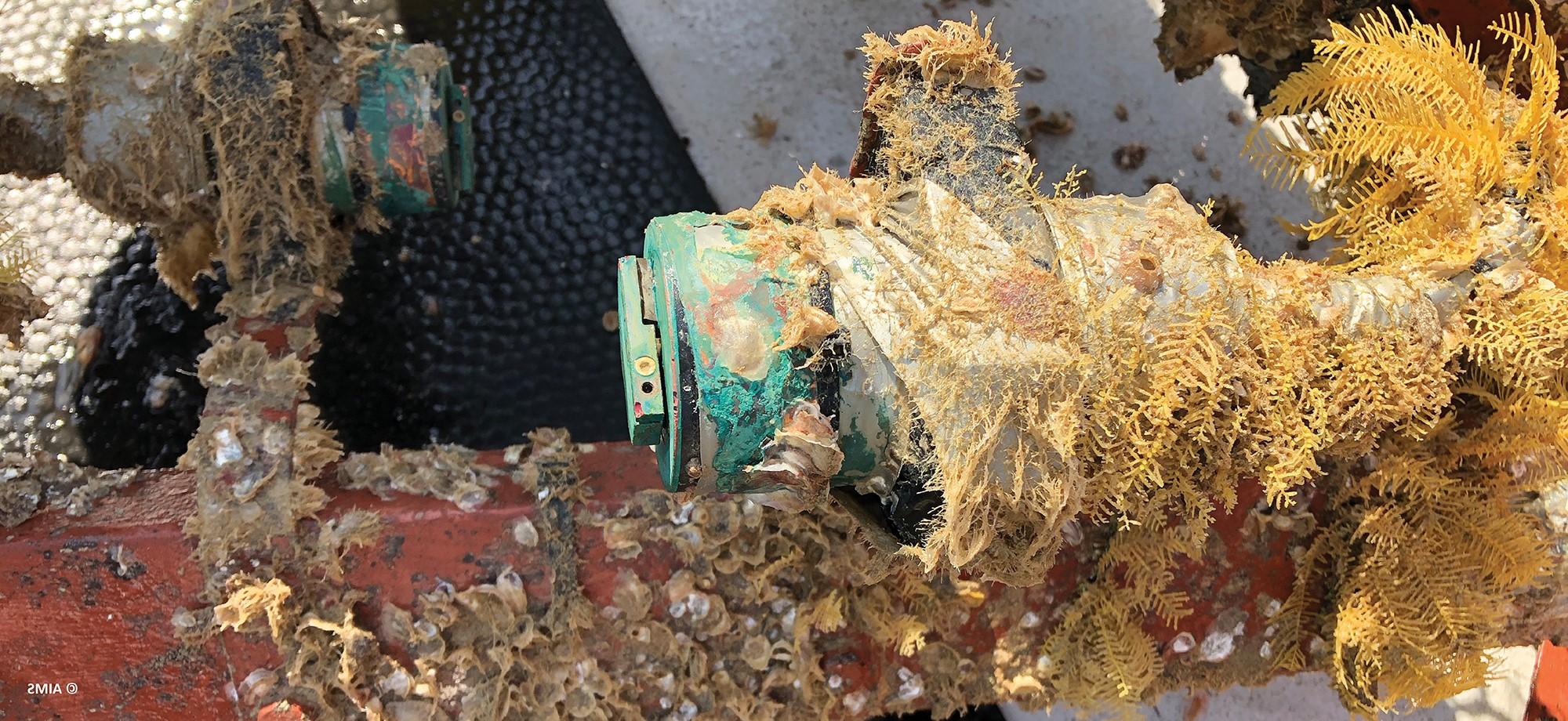The challenge
It doesn’t take long for algae, barnacles and other marine organisms to attach themselves to anything that floats on rivers and oceans, and this is a major impediment to longer deployments of marine instrumentation.
In tropical waters where growth is rapid, marine instruments are most sensitive to fouling. Without efficient biofouling control for sensors and cameras, the sensor probes and optical windows become covered in growth and the quality of measurements are quickly compromised. Maintenance costs due to biofouling accumulation consume about half of marine sensor technologies’ operational budgets.
Most anti-fouling coatings are highly toxic to marine organisms, may harm non-target species, and do not perform well in Australia’s tropical waters.
The approach
As the nation’s tropical marine research agency, the Australian Institute of Marine Science (AIMS) is working with the Department of Defence’s Science and Technology group to examine the application of ultraviolet light (UV-C) as a non-toxic biofouling control for oceanographic sensors and underwater camera systems in tropical waters.
When applied on a continuous basis, a trial showed the UV-C light was very effective at eliminating biofouling.
The impact

The technology provides a superior level of prevention, is biocide-free, noncontact, and can be used on a variety of instrument materials and shapes to extend instrument deployment endurance and prolong sensor accuracy (by preventing sensor drift).
The return on investment for this technology comes through reducing the number of maintenance visits to offshore sensor sites and lessening the frequency of costly mechanical cleaning of instruments.
The UV-C biofouling control prolongs the accuracy and reliability of data transmitted from the sensors and cameras. This extends maintenance cycles from six months to 12 months for instruments at sites such as weather station towers or surface buoys, which halves the number of maintenance visits required to service those sites.

